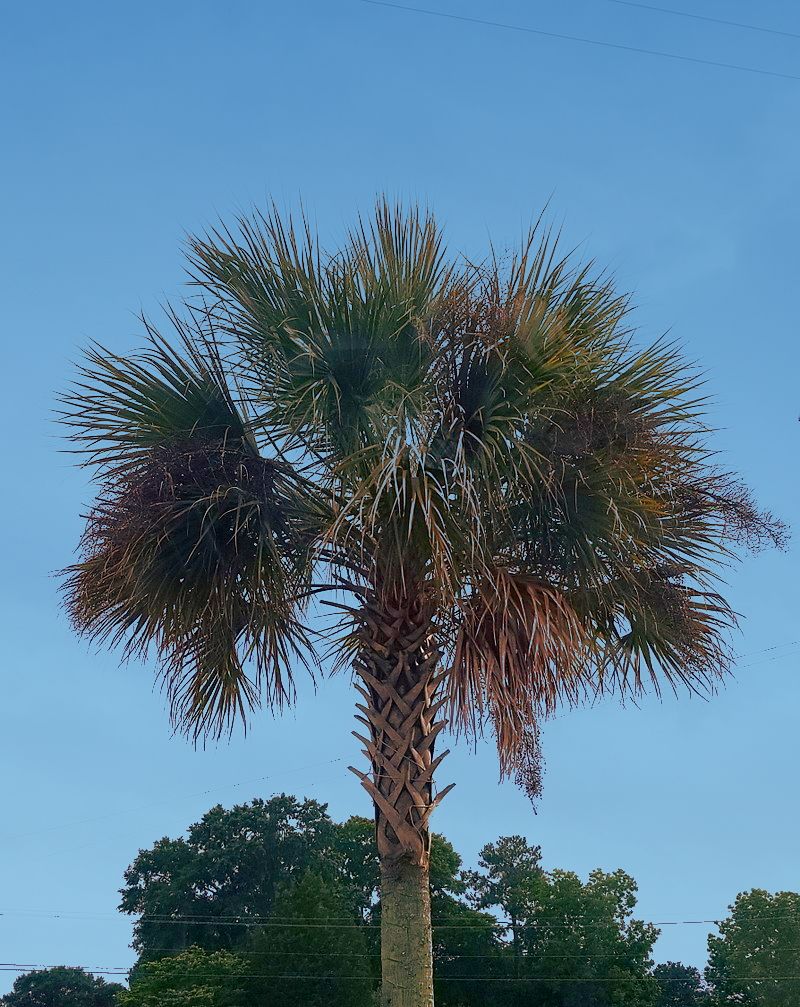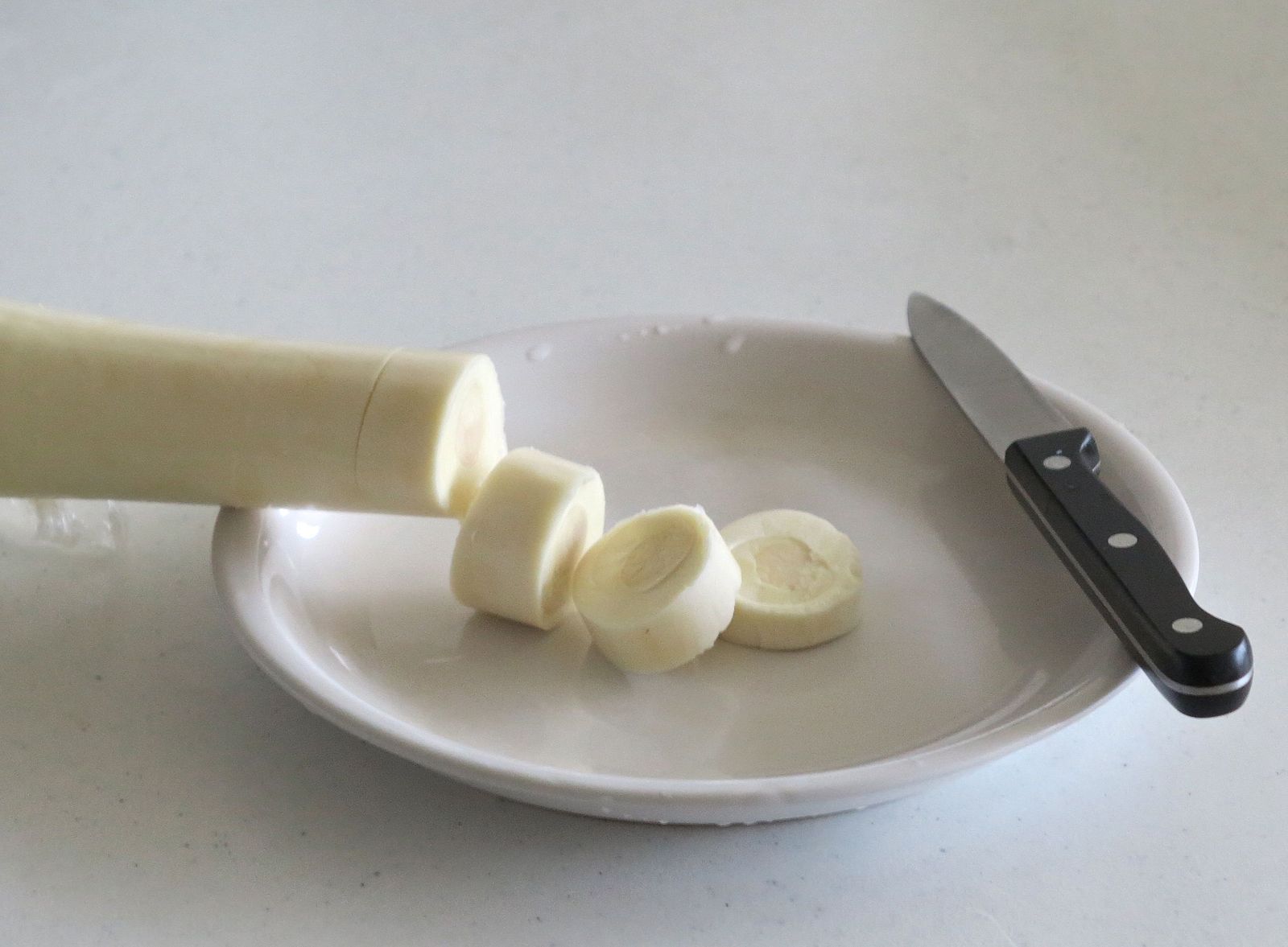An Unusual Tree, An Icon of Paradise
The palm tree is truly the quintessential Florida plant. One species in particular is considered the state tree: the sabal or cabbage palm, Sabal palmetto. It has been associated with Florida and tropical regions in general for decades. In fact, as I was deciding on the stories for this topic, I was reminded of an episode of an old cartoon my brother and I used to watch (it’s familiar to me because it was one of the episodes we had actually recorded on VHS). In it, a newly mutated turtle is searching for the tiny palm tree from his old bowl. He comes across a corrupt businessman who gets his help by offering a large palm tree, or even a condo in Florida.
What’s, uh, Florida?
It’s a magical place where palm trees grow right out of the ground.
— Slash and Fenton Q. Hackenbrush, Teenage Mutant Ninja Turtles (1990)
That last sentence I think captures how palm trees exist in the imagination of those who live in colder climes. It is exotic, quasi-mythical even, and the place where they grow is just as strange and otherworldly. However, this thought pattern makes it easy to overlook how palms actually live, grow, and function. For example, they are all flowering plants. This can sometimes be forgotten because the flowers are usually not as big or showy as those of other species and are also not close to eye level. However, keep in mind that all plants that produce fruit must, by definition, be flowering. While the fruit of the sabal palm is not used for human consumption, other palms tree do produce well-known consumable fruits including dates (the date palm, Phoenix dactylifera) and coconuts (the coconut palm, Cocos nucifera). Most palm fruits are classified as drupes, meaning they have some form of pit or stone at their center.
For Sabal palmetto, the flowers grow along temporary stalks intermingled with the leaf fronds. You can see several of these stalks in the picture below. You can distinguish them by the reddish color. After pollination and the development of the berries, sabal palms are a favorite spot for smaller birds, which feed on the fruit and spread the seeds. After the fruits have been eaten, the flower stalks wither to a husk and eventually drop off. As you can see from the above picture, older fronds will also wither and eventually fall and are replaced with new ones.

Palms do not grow outward like many other trees. Instead, the fronds grow from a terminal bud at the top of the trunk. This bud gave Sabal palmetto its common name of ‘cabbage palm’ as its taste is similar to the heart of a cabbage or artichoke. It is one species that has been harvested historically for ‘heart of palm’, the edible bud. However, it is now protected by law as removal of the bud is eventually fatal for the tree because it can no longer grow any new fronds. However, some species of palm have bud clones that allow for occasional harvesting without compromising the health of the individual plant.

alm trees are also quite hardy when it comes to the occasional hurricane winds we experience here in Florida. That is because the internal structure of the trunk is quite unlike that of most trees. It does not create rings each year as it continues to grow. The material itself is less woody and more spongy. This contributes to the trunk’s flexibility and allows it to bend without snapping. However, the tree can still be vulnerable if its root structure is undermined. It is easier to understand how different a palm’s structure is in this regard when you realize that they are, in fact, a close relative of the grasses. While many, including the sabal palm, are called trees because of their tree-like shape, their overall physiology and taxonomy are quite different from most trees.
Here in Florida, especially southern Florida where I live, sabal palms are everywhere. It is easy to overlook them because of how common they are. However, they belong to a truly fascinating and old group of plants. The palm family is the oldest of the modern group of flowering monocot plants, appearing in the fossil record approximately 80 million years ago. They don’t grow like typical trees grow and their flowers and fruit are different as well. The next time you see a palm tree, look up. See if any of the flower or fruit stalks are present. Maybe there are even some small birds feeding on the fruits. The palm tree is iconic, but there’s so much more behind its exotic facade.